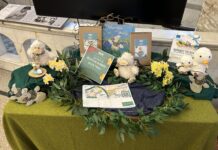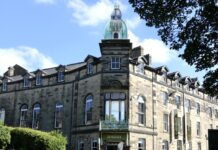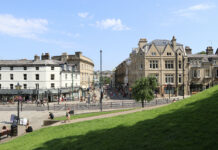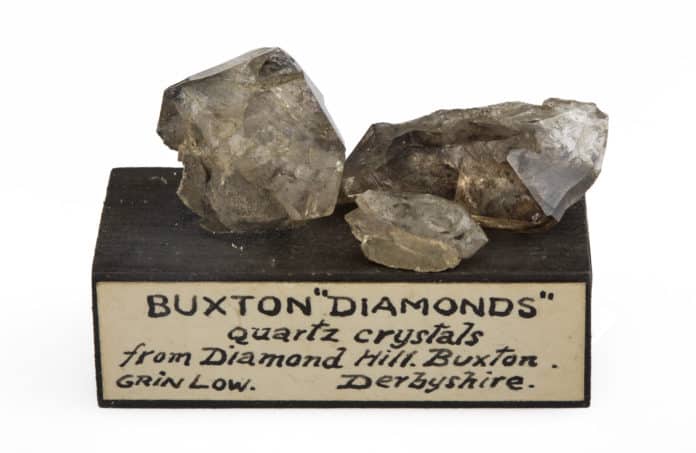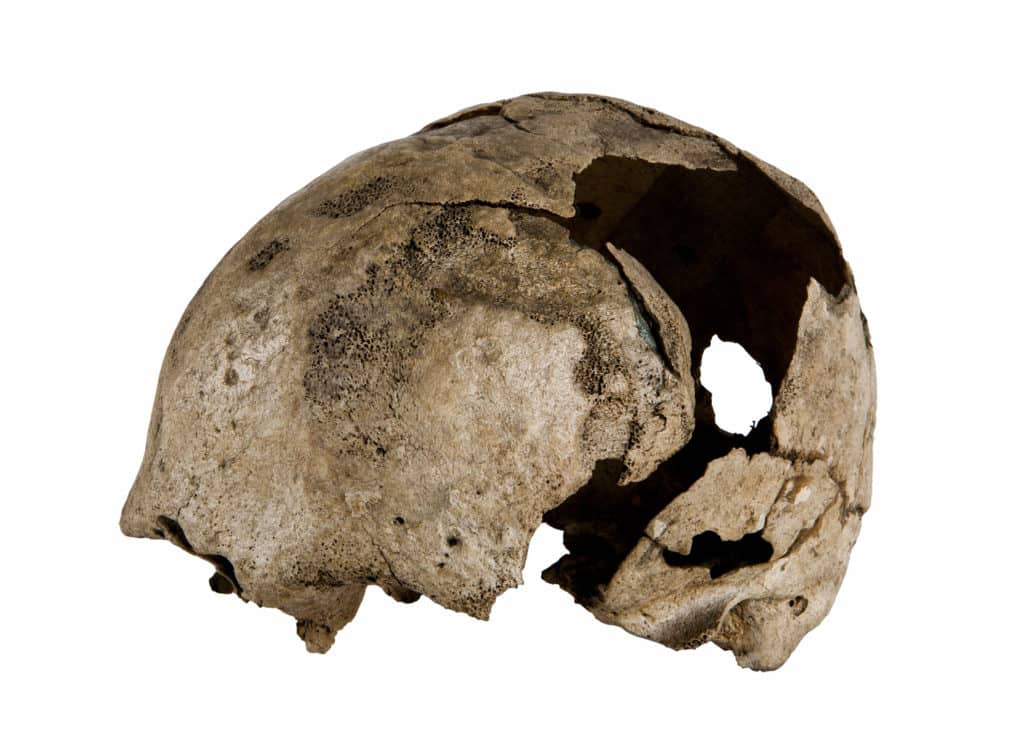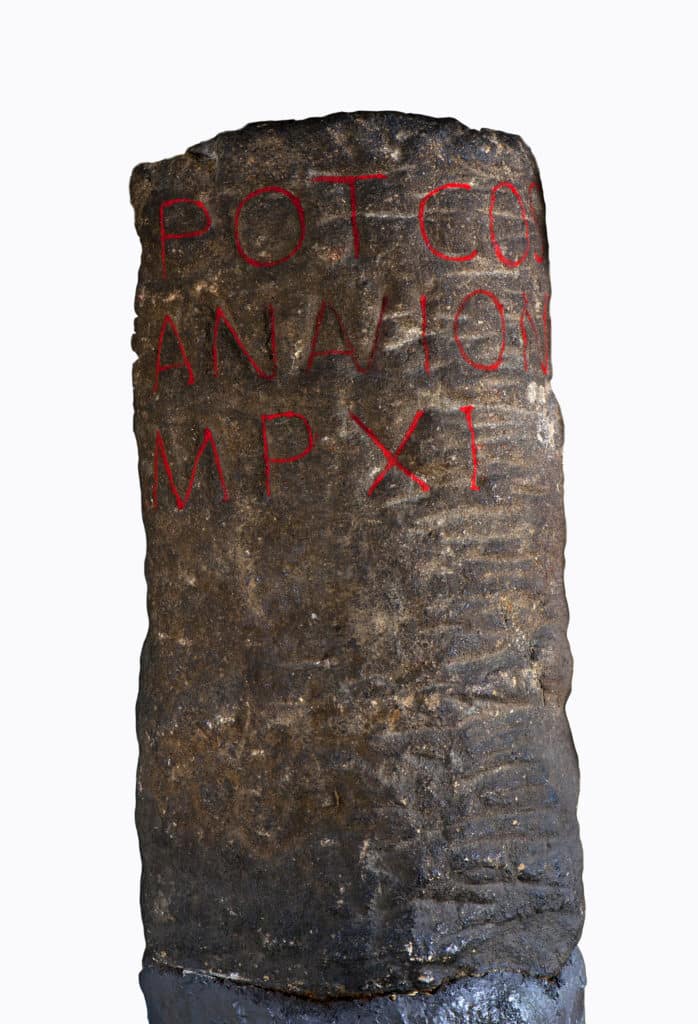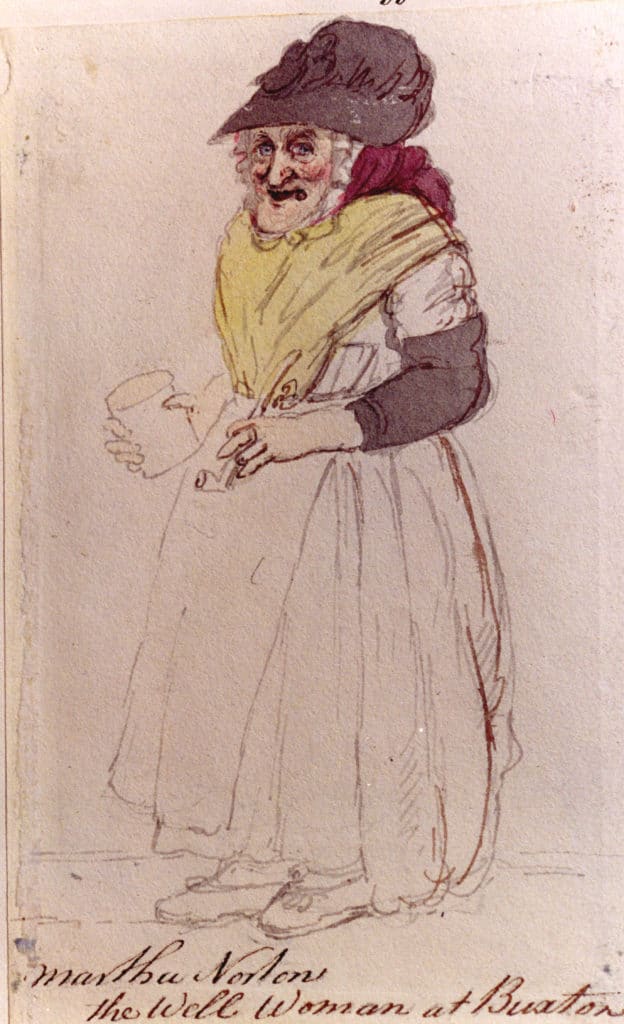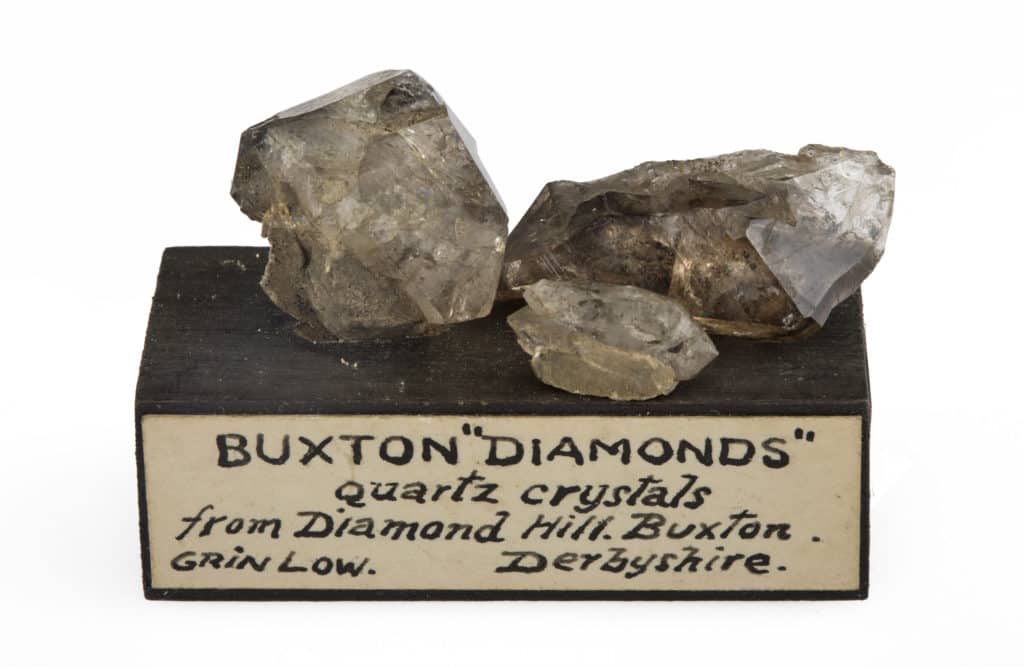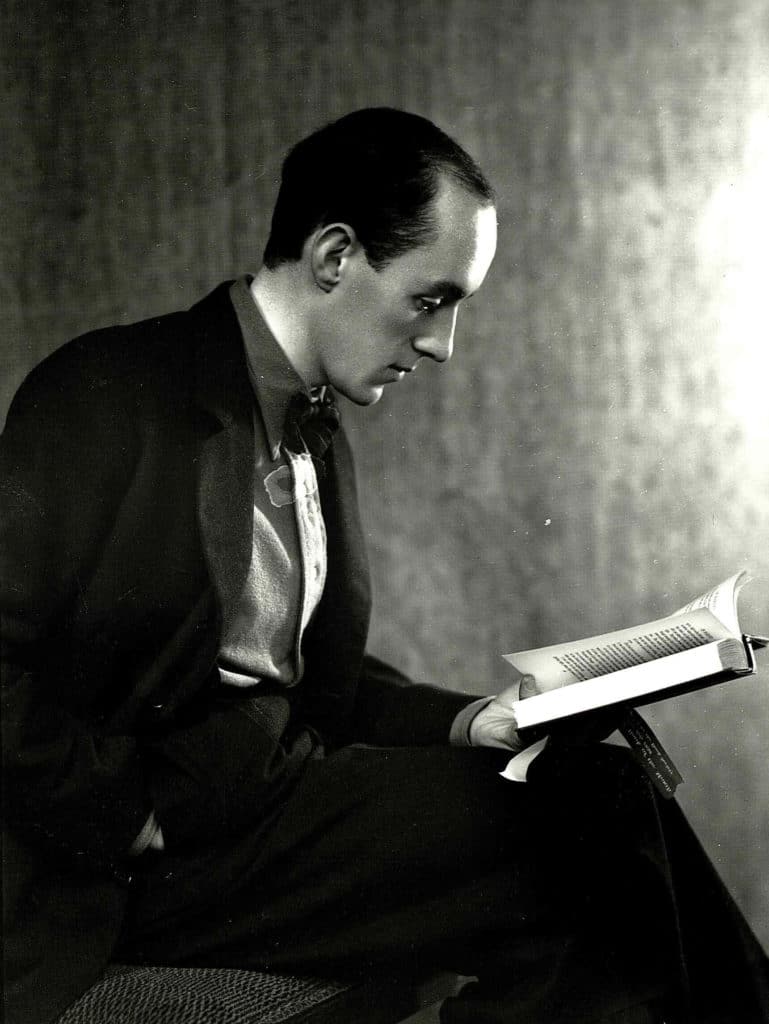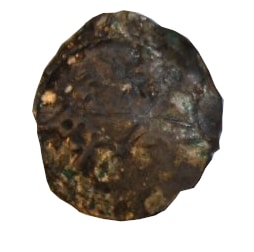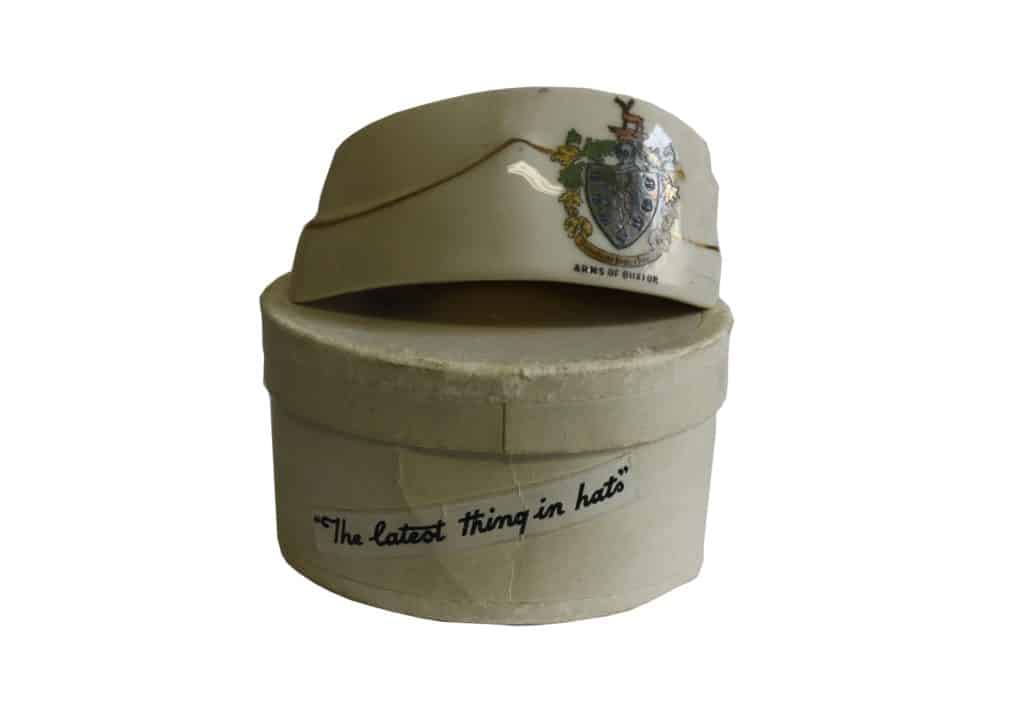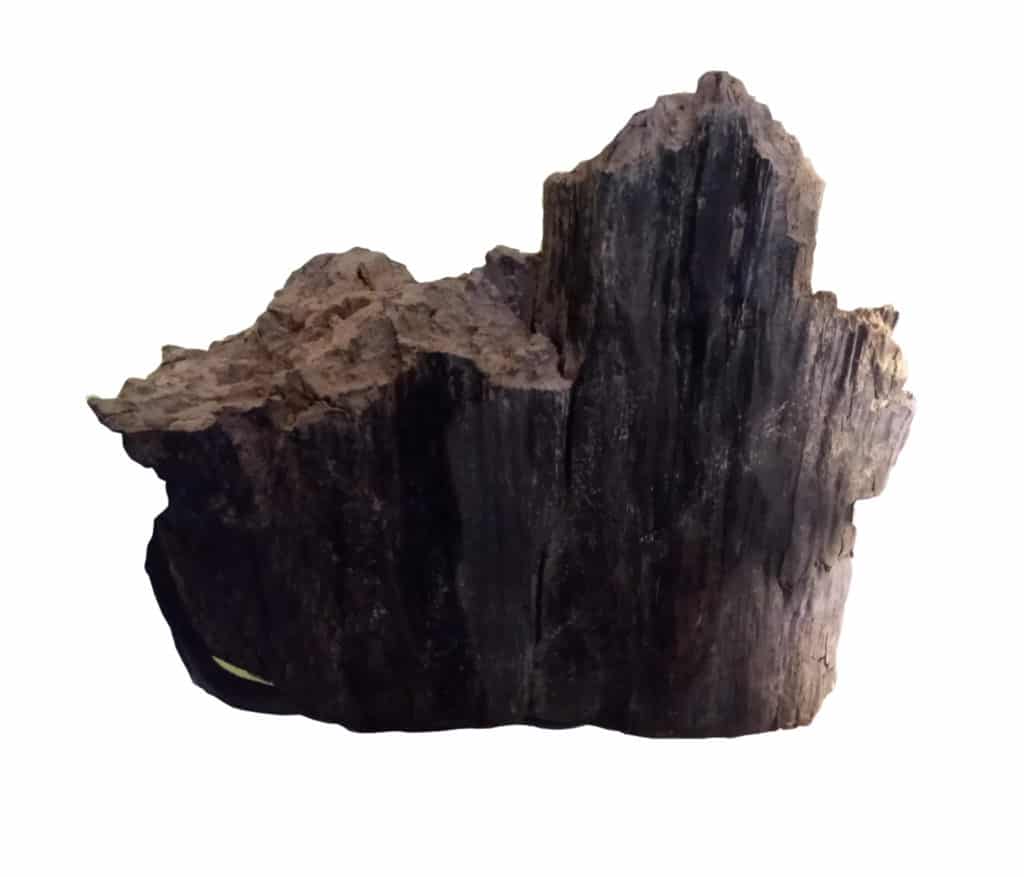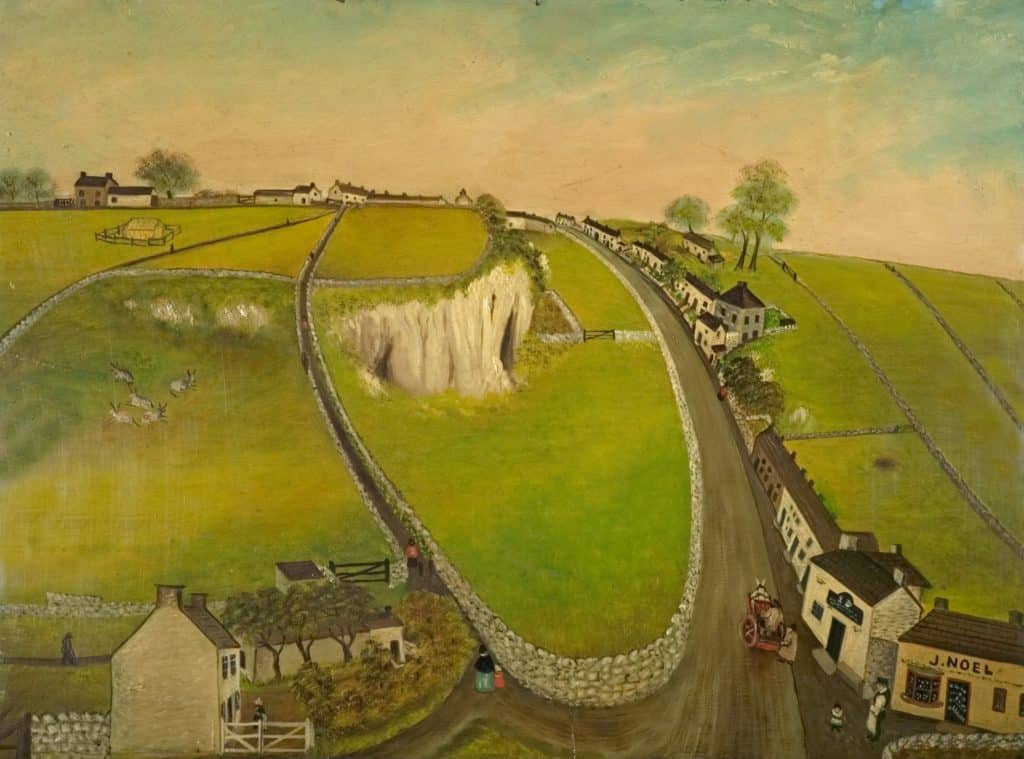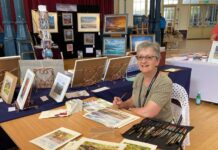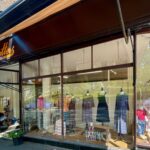Did you get chance to see part one? If you have been to Buxton Museum and Art Gallery, you may have seen its famous Wonders of the Peak gallery which delves into the history of the Peak District but there are also many curious artefacts from the town itself. From fossils that reveal an entirely different landscape thousands of years ago to its first ever human inhabitants, from foreign invaders to the growth of several unique industries, Buxton has a past comparable to nowhere else. For the first time ever, the team at the museum present the story of Buxton, told in objects, exclusive to Explore Buxton.
Of course, you can see some of these objects for yourself and many more besides. In the meantime, enjoy this bonanza of Buxton splendours. Read part three here.
11. Human skull from Fairfield Low (Skellybob Wood)
In 1896, the local antiquarian Micah Salt discovered the remains of this person (assumed at the time to be a man) in a barrow at Fairfield Low (known to locals as Skellybob Wood), dating from the Neolithic period. Micah Salt excavated several sites. Although he had his own museum, he was one of the people who advocated the opening of Buxton Museum and later, many items from his collections are exhibited in the galleries. Micah Salt died in 1915.
12. Roman Milestone from Silverlands
The remains of this Roman milestone were found at Silverlands, near Buxton Football Club. The stone announces that it is 11 miles to Navio (modern village of Brough), a road that you can follow along Bathamgate and then by foot over Tideswell Moor. The fort at Navio was occupied around 70 CE and then again in 140CE. The milestone is now in the museum but its original location is marked by a plaque.
13. Portrait of Martha Norton
Martha Norton was the celebrity Well Woman of Buxton, here in a watercolour by John Nixon in about 1795. For more than 50 years, Martha and women like her dispensed water to visitors to St Ann’s Well, opposite the Crescent, receiving no wage, nor where they permitted to sell any goods. They relied solely on the kindness of strangers.
14. Buxton Diamonds
In the late 1900s, tourists were encouraged to search for Buxton Diamonds in fields south of Grin Low. If this seemed like too much of an adventure, you could buy one from the gift shop at Poole’s Cavern. Alas, no-one was going to make their fortunes from these translucent quartz crystals.
15. Photograph of Sir Alec Guinness
Many famous actors and actresses have graced the boards of Buxton Opera House. Local photographer J.R. Board captured rising star Alec Guinness in 1938, unaware of the astronomical fame that awaited the man who would go to define roles like George Smiley and Obi-Wan Kenobi. Sir Alec famously hated filming Star Wars in the desert heat of Tunisia. He looks more comfortable in Buxton.
16. Hamilton bottle used by Buxton Mineral Water Company
Buxton Mineral water was bottled in torpedo shaped, glass bottles to retain the effervescence. It was available for people to buy at apothecary shops in London by 1850. Of course, natural mineral water has become Buxton’s most famous export, taking a lengthy journey through the rock and emerging from the ground, surprisingly warm, at a temperature of 27c.
17. Silver Henry V Long Cross penny found at Poole’s Cavern
Four coins were found together in Pooles cavern near Buxton. Were they the contents of the mysterious Poole’s pocket? The verdict is out on whether the cave-dwelling outlaw even existed but the discovery is fascinating nonetheless. This coin dates from the short reign of Henry V 1413-1422 which seems like a very long time ago but compared to the age of the cave itself (2 million years) just a blink of an eye.
18. Forage cap ornament
Souvenirs of towns were made by the Goss Company around 1900. This unusual hat with its own tiny hat box carries the coat of arms for Buxton Urban District Council. The Victorians invested heavily in Buxton and the town expanded considerably, taking over control from the Dukes of Devonshire (based at Chatsworth near Bakewell) who had owned most of the land for centuries.
In the days when stalls were allowed in front of the Crescent, where spa and other ornaments and nick-nacks were sold by bauble-grinders, a noble marquess stopped at one of the stalls and, taking up a tooth-pick, enquired the price. “Half a crown, my lord,” was the reply. “half a crown!” said the marquess. “Surely tooth-picks must be very scarce in Buxton?” “No, my lord, tooth-picks are not scarce, but marquesses are,” said the bauble-grinder.
19. Sequoia (redwood tree) found at Hindlow Quarry
Imagine Buxton forested with huge redwood trees, like the north-west coast of America. It seems incredible but that’s what it looked like 20 million years ago, as this fossilised wood testifies.
20. Painting of Bath Road and West Road by Robert Brunt
This painting shows a very early view of two well-known roads in Buxton in the mid-19th century. If you stand in the same place today, you get roughly the same perspective, although the green fields and hares are long gone. Dominating the centre of the painting is Knock’s Rock where Rock Terrace is. Brunt also provides us with the oldest depiction of Buxton Market Place.
Visiting Buxton Museum and Art Gallery
Explore 100s more fascinating objects from Buxton and the Peak District at Buxton Museum and Art Gallery. For about visiting times, latest events and exhibitions, click here.
Donations are always welcome – you add a donation when you book or when you visit.
Buxton Museum and Art Gallery, Terrace Road, Buxton, SK17 6DA
T: 01629 533540
derbyshire.gov.uk/leisure/buxton-museum/buxton-museum-and-art-gallery
Did You Enjoy This?
You might like our regular newsletter. We put all the best events, cultural highlights and offers from Buxton and the Peak District in your inbox every month.
This information will only be used to send you this newsletter. It is stored in Mailchimp.

